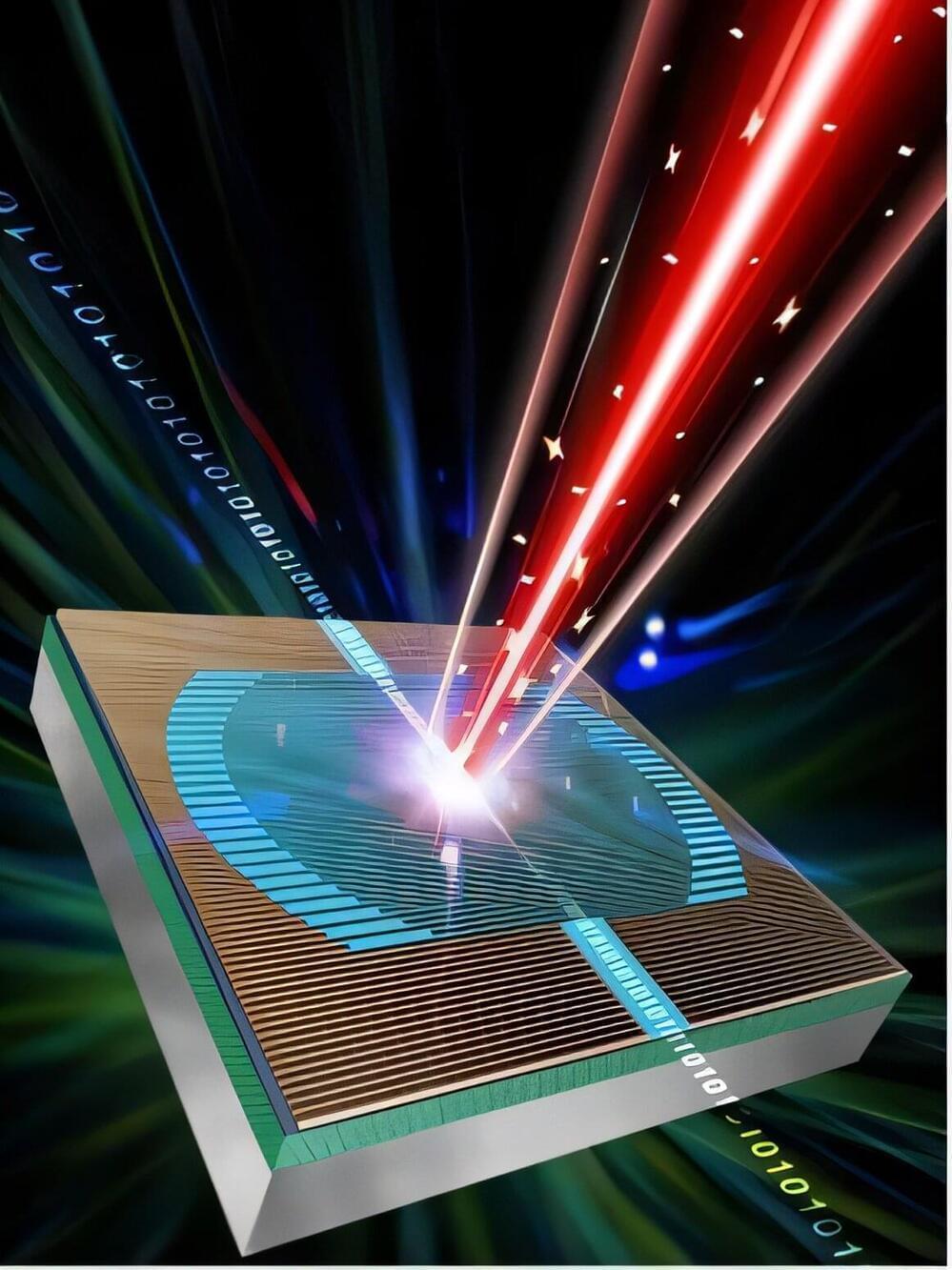In quantum computers, information is often carried by single photons and picked up by structures named superconducting nanostrip single-photon detectors (SNSPDs). In principle, traditional type-I superconductors would be easier to integrate into existing quantum computing architectures than the type-II materials more widely used today. So far, however, this possibility hasn’t been widely explored.
New research published in Superconductivity shows how Lixing You and colleagues at the Chinese Academy of Sciences, Shanghai, China have for the first time successfully fabricated an SNSPD using thin films of the type-I superconductor, aluminum, and used the structure to detect single photons of visible light with extremely high efficiency.
Compared with the type-II superconductors more commonly used in SNSPDs so far, aluminum is more compatible with the latest quantum computing architectures.
